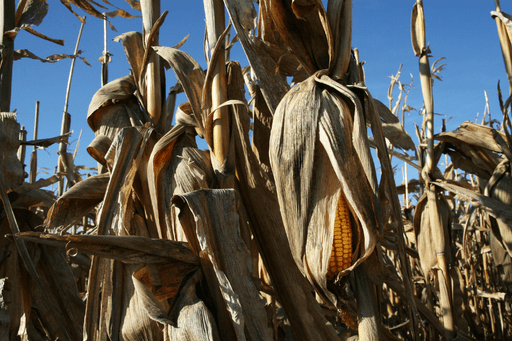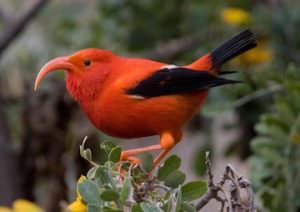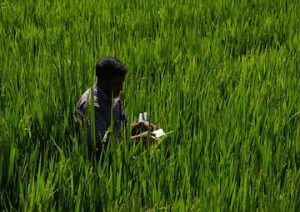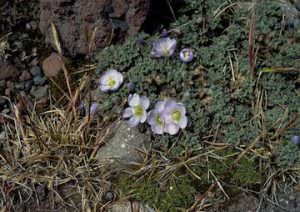Droughts May Slash U.S. Maize Gains
Scientists warn that high yields in America’s Corn Belt states could drop by up to 30 percent as crops become increasingly sensitive to droughts and hot, dry air in a warming climate.
By Tim Radford, Climate News NetworkThis piece first appeared at Climate News Network.
LONDON — Maize yields are on the increase in the US — but so is the crop’s sensitivity to drought. Scientists calculate that, as things stand, crops could lose 15% of their yield within 50 years. And if the trend towards drought-sensitivity continues, then as much as 30% of the yield could be lost as the world warms and droughts become more frequent or more severe.
David Lobell, associate professor of Environmental Earth System Science at Stanford University, California, and colleagues report in the journal Science that the scientific drive to gain more and more productivity from the same area of soil has been accompanied by an unexpected sensitivity to drought conditions.
The US produces 40% of the world’s corn – the crop Zea mays, or maize – mostly in the Corn Belt states of Illinois, Iowa and Indiana in the Midwest, and more than four-fifths of US agricultural land depends on rainfall, rather than irrigation. Drought conditions have been severe in the American West and are predicted to become more challenging as temperatures rise through the 21st century.
“The Corn Belt is phenomenally productive , but in the past two decades we have seen very small yield gains under the hottest conditions,” Dr Lobell said in the Stanford University report. “This suggests farmers may be pushing the limits of what’s possible under these conditions.
Trade water
“The data clearly indicates that drought stress for corn and soy comes partly from low rain, but even more so from hot and dry air. Plants have to trade water to get carbon from the air to grow, and the terms of the trade become much less favourable when it’s hot.”
He and his colleagues looked at field data from more than a million US Department of Agriculture crop insurance records between 1995 and 2012. They show that, during that period, plant breeders introduced new traits — including better soil pest resistance — and planted the crop more closely to enhance yield per hectare. But the scientists concluded that any increasing incidence of drought would begin to limit the gains from plant breeding.
And drought remains a hazard. More than 40% of the western US has been in severe drought this spring. The same thing happened in 2013, and in 2012 even the normally rainy east of the US suffered water shortages.
But new research based on dendrochronology — analysis of tree rings and the message they carry about climatic change over the centuries — offers perspective. It suggests that drought is a periodic phenomenon, right across the US.
Last straw
The years just before the American Revolution were marked by sustained drought, and the last straw in 1774 — according to diaries kept by Thomas Jefferson, one of the Founding Fathers of the new republic — was “a frost which destroyed almost every thing”.
Neil Pederson, assistant research professor at Columbia University’s Lamont-Doherty Earth Observatory, and colleagues report in Ecological Monographs journal that such dramatic climate events have a way of altering the character of the countryside, by weakening trees, and making them more likely to succumb to insect attack and disease.
“With this perspective, the changes predicted by models under future climate change seem more real,” Pederson warns.
Tree ring studies in the American Rocky Mountains also reveal a pattern of terrible stress on forests in the past. Researchers in Utah have identified a drought that began in 1703 and lasted for 16 years, intense drought in 1580, and the most severe of all in 1492 ? the year that Columbus discovered the New World.
“We’re conservatively estimating the severity of these droughts that hit before the modern record, and we still see some that are kind of scary if they were to happen again,” said Matthew Bekker, a geographer at Brigham Young University, Utah. “We really would have to change the way we do things here.”
Your support matters…Independent journalism is under threat and overshadowed by heavily funded mainstream media.
You can help level the playing field. Become a member.
Your tax-deductible contribution keeps us digging beneath the headlines to give you thought-provoking, investigative reporting and analysis that unearths what's really happening- without compromise.
Give today to support our courageous, independent journalists.






You need to be a supporter to comment.
There are currently no responses to this article.
Be the first to respond.